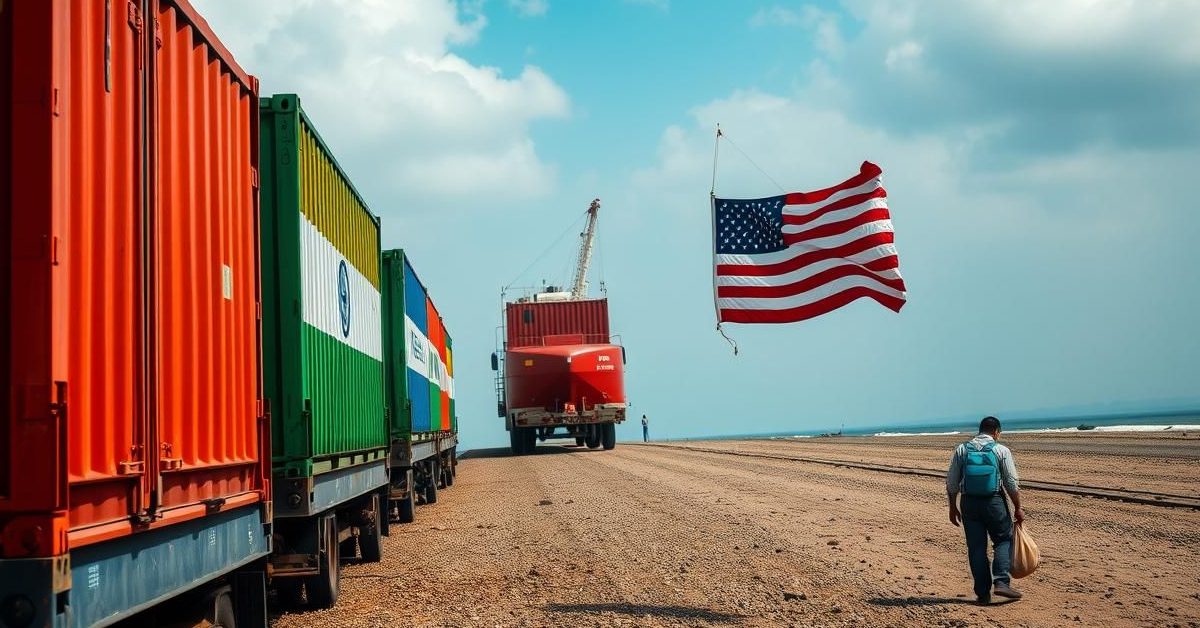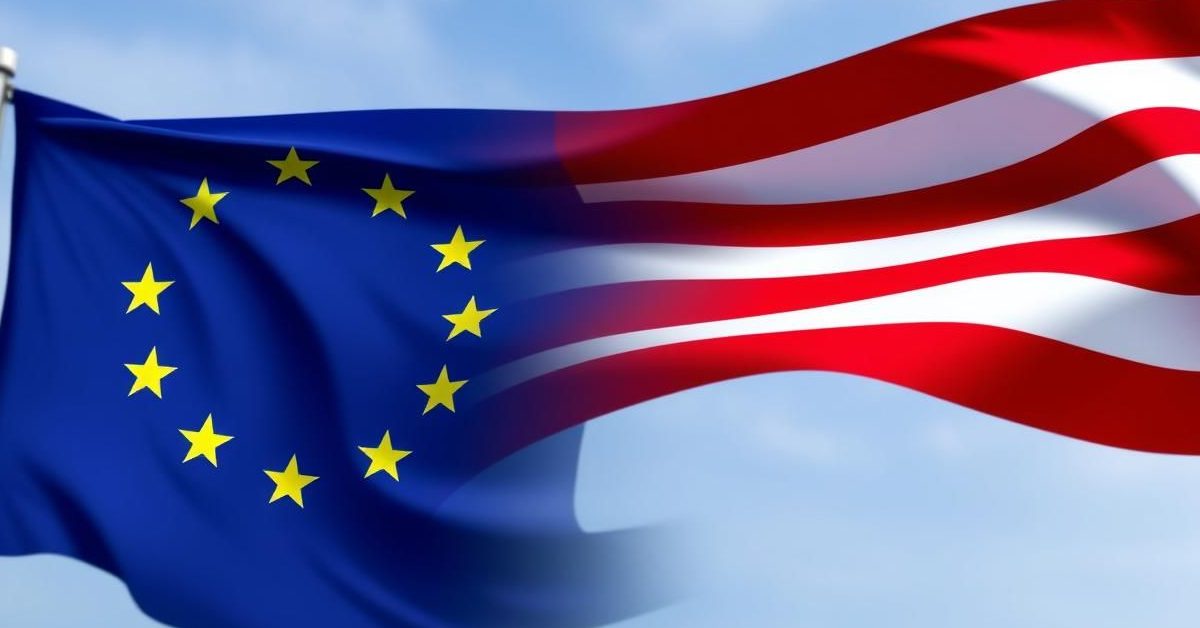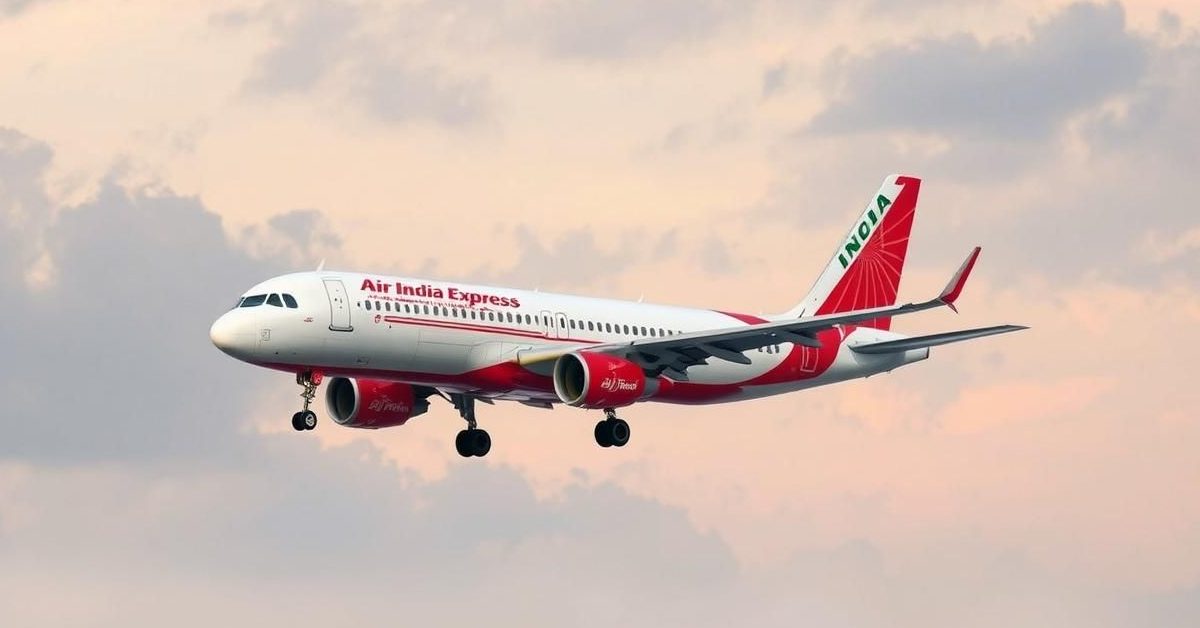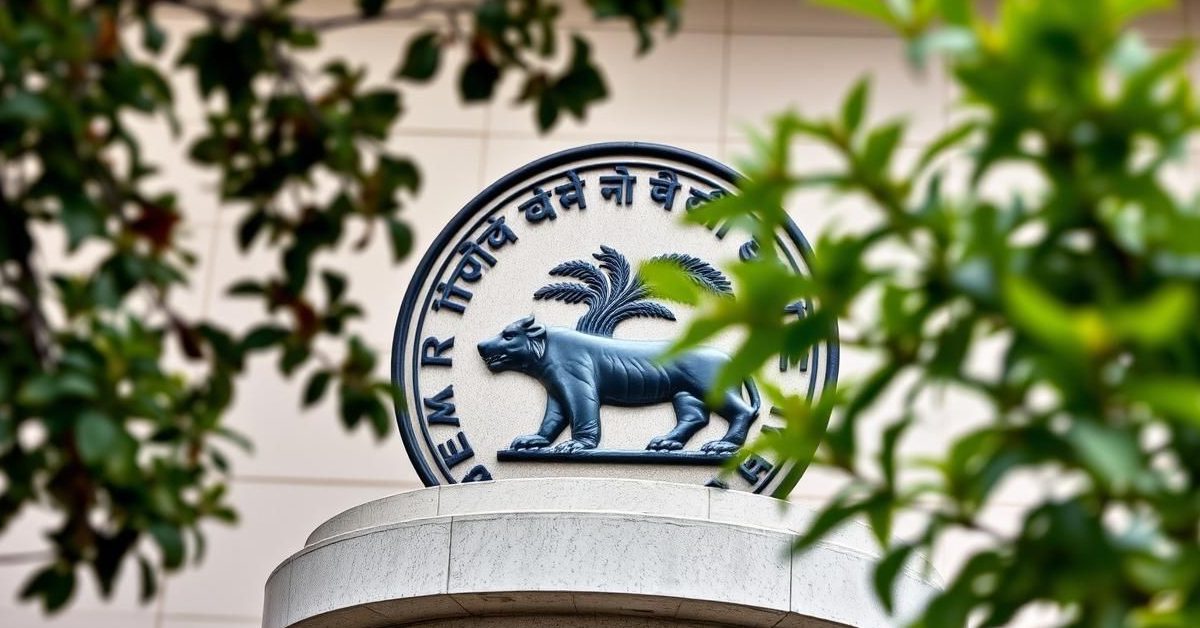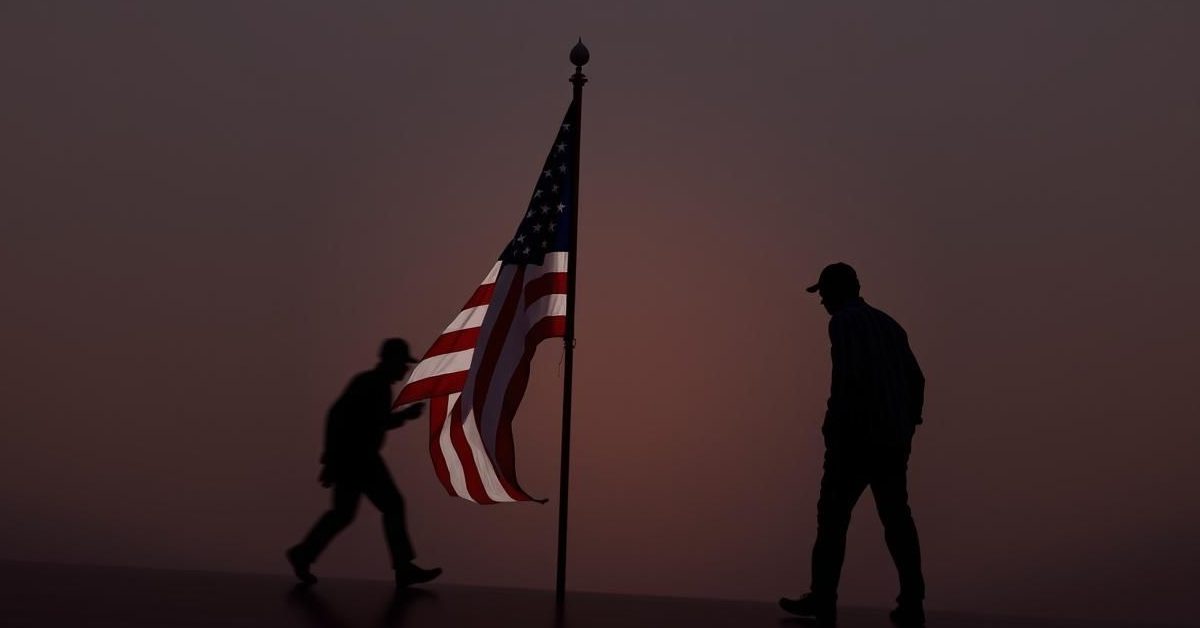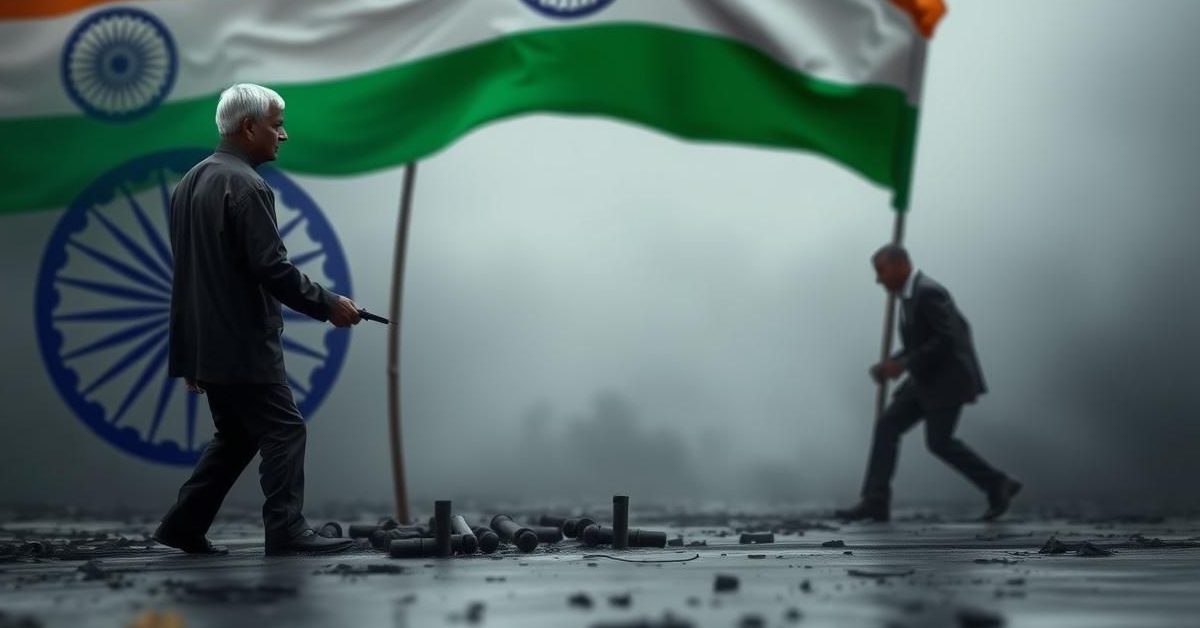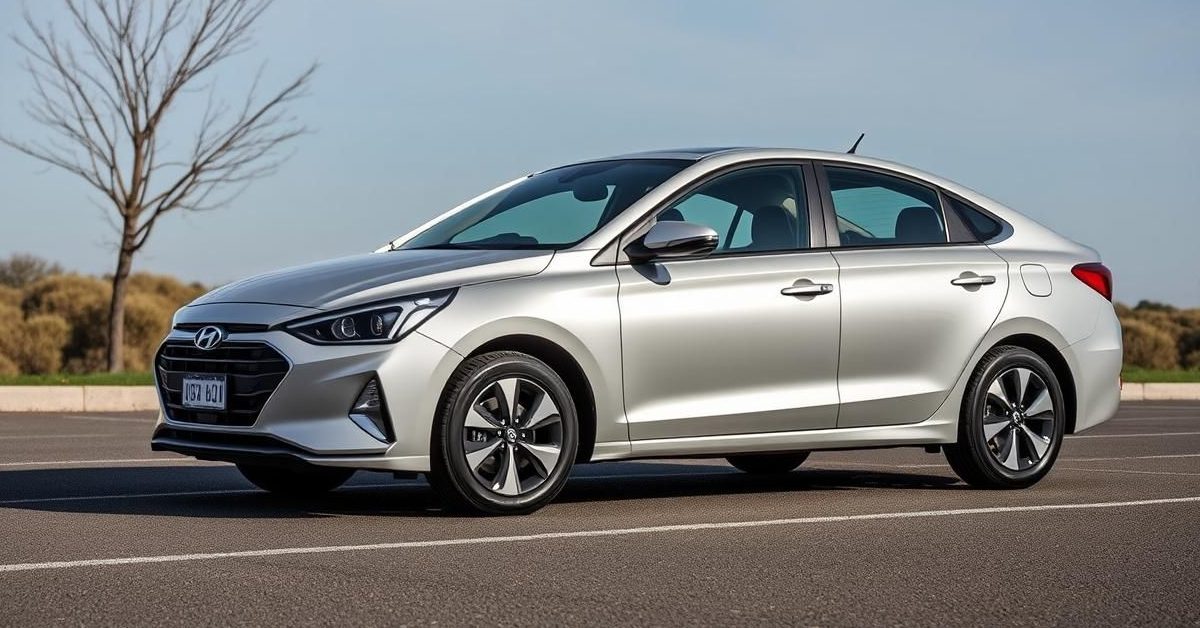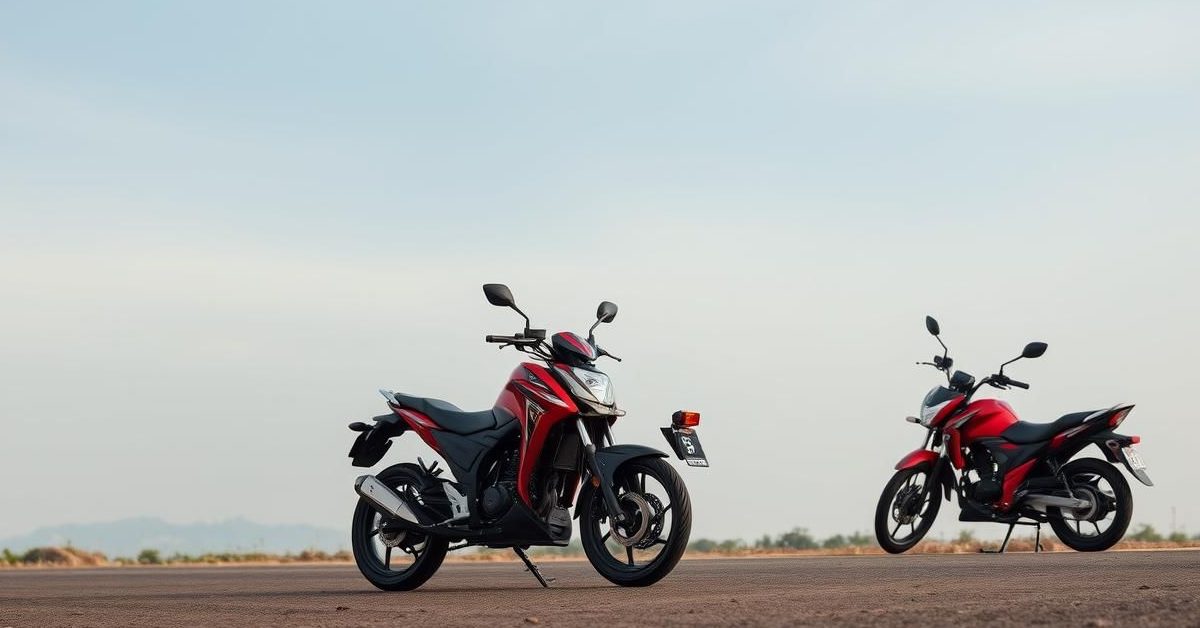India is navigating a complex trade situation with the United States as a crucial August 1 deadline approaches, aiming to secure favorable terms while facing potential higher tariffs from the Trump administration.
High Stakes in US-India Trade Talks
With a key August 1 deadline set by the Trump administration for trade deals, the United States has hinted at global tariffs potentially reaching 15-20 percent. This marks a significant increase from the current 10 percent baseline tariffs for many trading partners.
Negotiations between India and the US for an interim trade deal have been slow. No major breakthrough has been achieved, leaving both nations in a state of limbo regarding their trade relationship.
Diverging Demands and Strategic Maneuvers
The US is pushing for zero-duty access to Indian markets, similar to deals it has secured with nations like Vietnam and Indonesia. This is a tough demand for India to accept, given its own economic priorities.
From India’s perspective, New Delhi aims for a headline tariff number of around 15 percent for its goods entering the US. This figure aligns with offers made to the European Union and Japan, allowing India to maintain a competitive tariff advantage.
To sweeten the deal, the Trump administration is also urging India to commit to specific purchases and investments. India has signaled openness to acquiring high-value American items like defense equipment, natural gas, and nuclear reactors. This could help reach the “billions of dollars” figure Trump seeks, without strict timelines.
Positively, contentious issues such as agriculture and dairy products appear to be off the table for now. India’s recent flexibility in opening up public procurement, as seen in its UK deal, also provides some negotiation room.
Navigating the Tariff Labyrinth
India is keen to secure market access in labor-intensive sectors while ensuring a significant tariff differential compared to its Asian peers. If the US offers a final tariff between 10 to 15 percent, similar to the UK and Japan, India would be satisfied.
However, the advantage diminishes if tariffs rise closer to 20 percent, as seen with Vietnam. A “transshipment clause,” applied to Vietnam, could also pose problems for India, as many Indian exports rely on inputs from other countries, including China.
Indian negotiators are also closely watching the US-China trade talks. The goal is to ensure India maintains a favorable tariff differential compared to China, whose goods currently face 30-34 percent tariffs in the US.
Existing sectoral tariffs, like the 50 percent duty on steel, aluminum, and copper, already impact India’s exports. A looming concern is Trump’s threat of steep tariffs on BRICS countries for buying Russian oil. It remains uncertain if these will be neutralized in any agreement.
In a worst-case scenario without an interim deal, India could face reciprocal tariffs of 26 percent, potentially compounded by an additional 10 percent BRICS tariff. Even so, a 15-20 percent tariff would still give India an advantage over countries like Bangladesh (35 percent) and China.
Exporter Struggles and the Road Ahead
The ongoing uncertainty is impacting Indian exporters, as buyers delay orders due to unclear final tariffs. Furthermore, higher US tariffs on Chinese goods have led Chinese manufacturers to reroute shipments to Europe at reduced prices, affecting India’s exports to the EU.
While India front-loaded shipments for the current Spring-Summer season, the outlook for the Fall-Winter season (October-March) remains uncertain.
A sixth round of talks is expected mid-next month. However, there’s a strong belief that the final decision might come down to a direct conversation between Prime Minister Narendra Modi and President Trump, given Trump’s personal involvement in trade negotiations.
For India, a commitment to American defense, natural gas, and nuclear reactor purchases, possibly alongside a reduction in Russian fossil fuel imports, could be part of the final offer. Trump needs a deal he can present as a significant victory to his supporters.
Meanwhile, rising tariffs are contributing to higher prices for American households, a growing concern for the US administration due to inflation. While tariffs have boosted US Treasury revenue, a Yale estimate suggests they could lead to significant “lost annual income” per household.
- India aims for a 15% tariff for its exports to the US, while the US seeks zero-duty access to India.
- India is prepared to commit to significant purchases of US defense equipment, natural gas, and nuclear reactors.
- Uncertainty in trade talks is currently hindering Indian exporters and affecting global supply chains.
- The final trade deal may require direct intervention from PM Modi and President Trump.
Securing an interim deal now would be the best outcome for India, providing a foundation for future negotiations and stability in trade relations.

